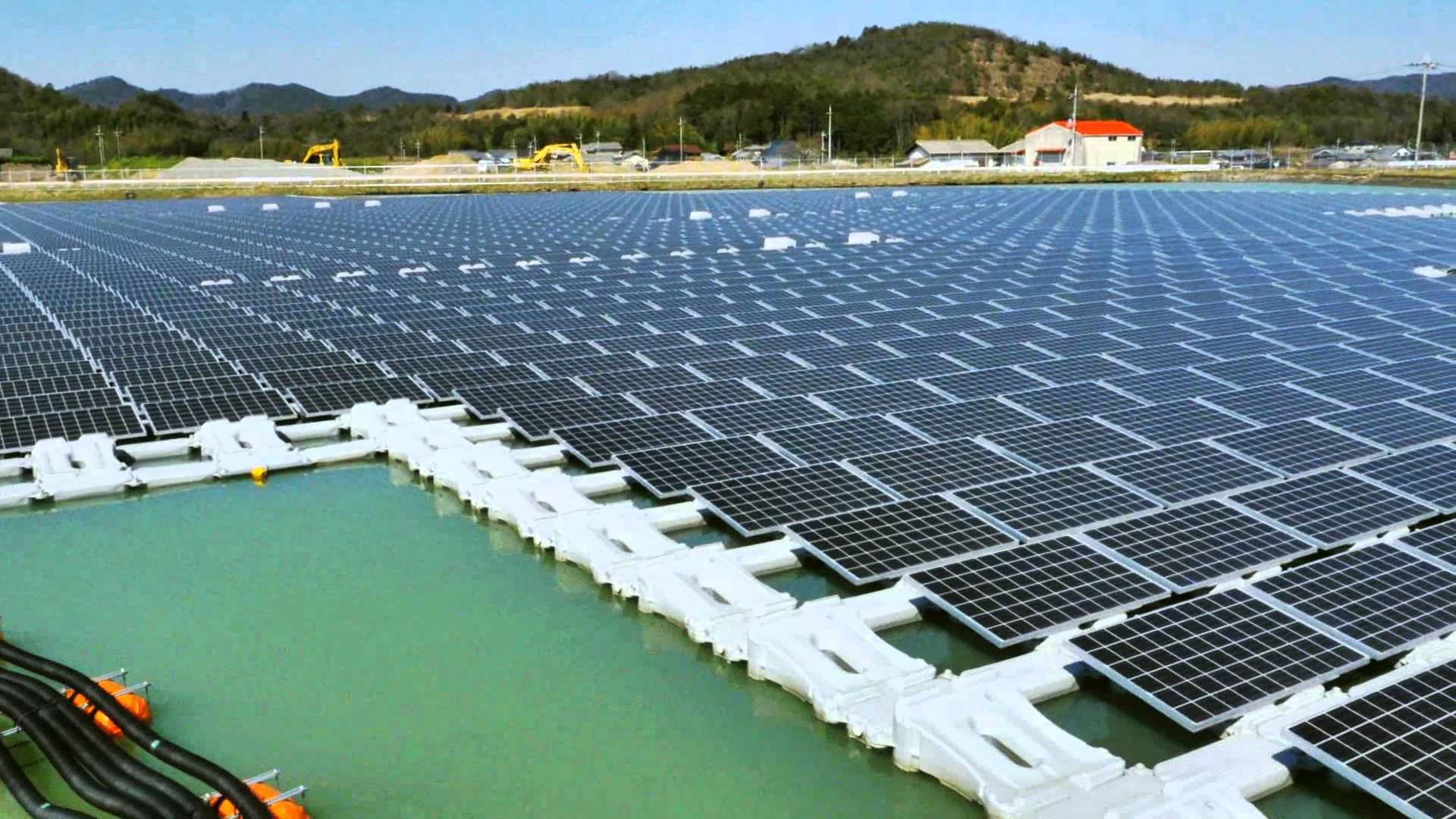By Mewati Sitaram
China has set its sights on becoming a global leader in green energy. In recent years, the Chinese government has taken significant steps to promote the development and adoption of renewable energy sources, recognizing the urgent need to mitigate climate change and transition to a sustainable future. This article explores China’s impressive strides in the green energy sector and their potential implications for both the nation and the world.
China’s commitment to renewable energy is exemplified by its ambitious targets. In 2020, President Xi Jinping announced that China aims to reach peak carbon dioxide emissions before 2030 and achieve carbon neutrality by 2060. These targets have propelled the country into action, focusing on harnessing the power of renewable energy to reduce its reliance on fossil fuels. Li Shuo, Senior Global Policy Advisor at Greenpeace East Asia, says “China’s push for green energy is both commendable and crucial. Its commitment to renewable energy sources and investment in clean technologies can have a transformative impact on global efforts to tackle climate change.”
China is currently the world’s largest producer of solar panels, accounting for more than 60% of global production. The nation has made significant investments in solar energy infrastructure, promoting both utility-scale and distributed solar installations. China’s commitment to solar power is driving down the cost of photovoltaic technology, making it more accessible globally. As per International Energy Agency, China installed over 48 gigawatts (GW) of solar capacity in 2020, accounting for approximately 40% of global installations. China created 87.41 GW of new solar power into operation in 2022, driving the total installed capacity to 392.61 GW. China is home to the world’s largest floating solar farm, located in Anhui Province, with a capacity of 150 MW. Says Fatih Birol, Executive Director of the International Energy Agency (IEA), “China is indisputably the world’s largest market for renewables, and there is no doubt that China has made tremendous progress in renewable energy over the past few years. Its leadership in solar and wind power deployment is remarkable.”
China’s wind power sector has also witnessed remarkable growth. The country has been rapidly increasing its wind energy capacity, installing both onshore and offshore wind farms. In fact, China boasts the world’s largest installed capacity of wind energy, overtaking the European Union and the United States. The government has implemented supportive policies, such as feed-in tariffs and tax incentives, to encourage the expansion of wind power. In 2022, excluding Hong Kong, Macao, and Taiwan regions, China installed new capacity of 11098 units, with a capacity of 49.83 million kilowatts; Among them, the newly installed capacity of onshore wind power is 44.672 million kilowatts, and that of offshore wind power is 5.157 million kilowatts.
China has become the world’s largest market for electric vehicles (EVs). The government has implemented policies to promote the adoption of EVs, including subsidies, tax breaks, and investment in charging infrastructure. These measures have not only reduced carbon emissions but have also stimulated technological innovation and competitiveness within the domestic electric vehicle industry. China’s EV sales almost doubled in 2022 with 87% YoY growth. BYD led the market, followed by GM Group, Tesla, Geely Holding and GAC Group. China’s EV sales are expected to exceed 8 million units in 2023. Dimitri de Boer, China Policy Analyst at the Energy Foundation, compliments China, “China’s rapid development and deployment of renewable energy technologies have not only reduced its carbon emissions but also driven down the costs of solar panels, wind turbines, and electric vehicles globally.”
China’s commitment to green energy extends beyond its borders. The nation has become a major investor in renewable energy projects worldwide. Through initiatives like the Belt and Road Initiative, China is financing and constructing renewable energy infrastructure in various countries, contributing to global efforts to combat climate change. The country spent $546 billion in 2022 on investments that included solar and wind energy, electric vehicles and batteries. That is nearly four times the amount of U.S. investments, which totaled $141 billion.
Through the Belt and Road Initiative, China has financed and constructed renewable energy projects in numerous countries, including Pakistan, Egypt, and Chile, promoting renewable energy adoption globally. Joanna Lewis, Associate Professor at Georgetown University says, “China’s dominance in the solar and wind industries has led to economies of scale, technological advancements, and cost reductions that are benefiting the entire world. The country’s aggressive targets and policies have stimulated innovation and pushed the global clean energy transition forward.”
China is actively involved in building and funding large-scale solar projects, such as the 2 GW Al Dhafra Solar Photovoltaic Project in the United Arab Emirates. While China’s progress in green energy is commendable, several challenges remain. The country’s heavy reliance on coal as a source of energy poses a significant obstacle to achieving its renewable energy targets. Furthermore, the intermittent nature of renewable energy sources requires investments in energy storage technologies to ensure a stable and reliable grid.
However, these challenges also present opportunities for innovation and collaboration. China’s vast domestic market and technological capabilities make it a critical player in driving down the cost of renewable energy technologies and advancing energy storage solutions. International cooperation and knowledge sharing can further accelerate the global transition to green energy.
China’s push for green energy represents a significant shift in its energy landscape. The nation’s commitment to renewable energy sources, coupled with its massive investments in solar, wind, and electric vehicles, positions it as a key driver in the global clean energy transition. While challenges persist, China’s efforts have the potential to create a positive ripple effect worldwide, inspiring other nations to follow suit and ushering in a more sustainable future for all. Rocky Mountain Institute, a leading think tank believes that China’s massive investments in renewable energy and electric vehicles are accelerating the global shift toward a low-carbon economy and positioning China as a leader in the clean energy transition.

Editor in Chief : Mewati SItaram











